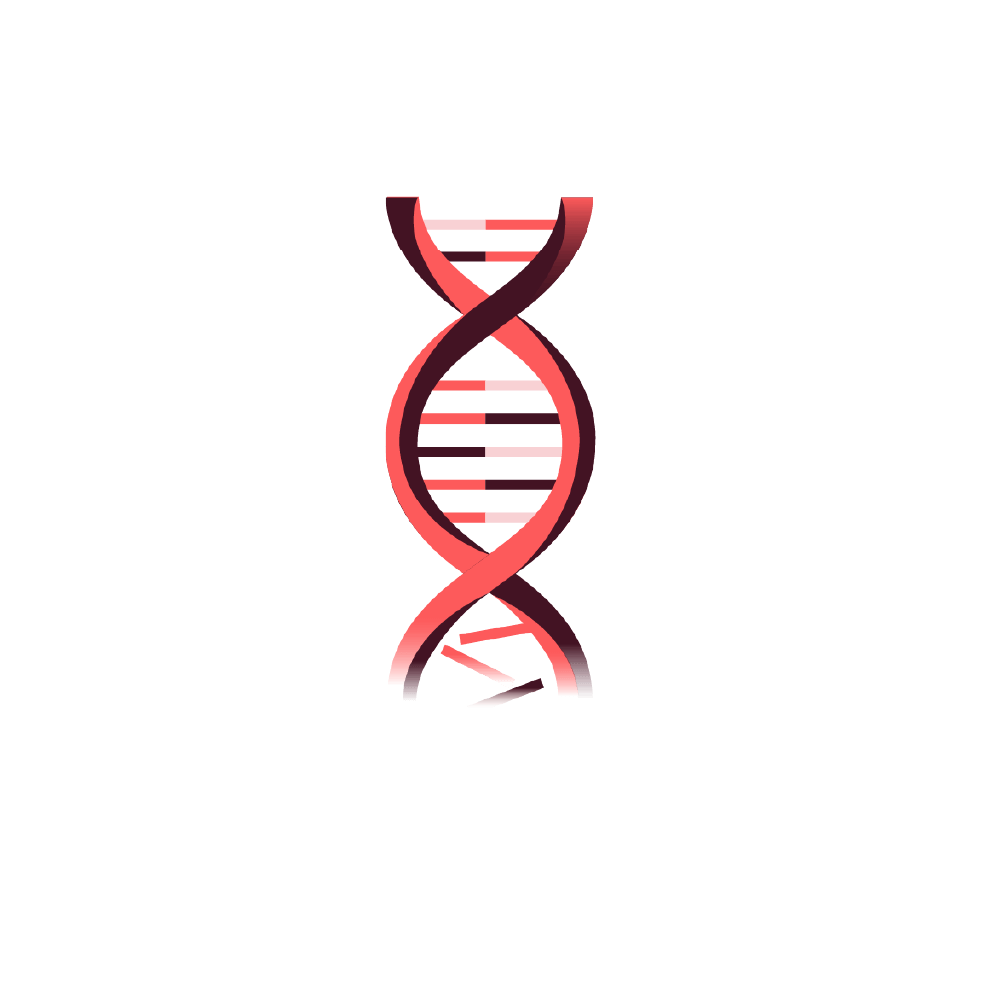
Why protect species
The alarm has been raised repeatedly about the decline in biodiversity across the planet.
As the fundamental components of our planet’s biodiversity, species provide key indicators for ecological health and create the necessary conditions for all life.
Why are species important?
The millions of species that inhabit our lands, freshwater ecosystems, and ocean have evolved over millennia, creating the web of life that sustains our planet. They provide essential resources such as food, medicine, and raw materials. They also drive vital processes like soil formation, decomposition, water filtration, pollination, pest control, and climate regulation. Additionally, they are a primary source of income and resources for hundreds of millions of people worldwide, supporting livelihoods and global well-being.
Species also hold historical, cultural and traditional significance for almost every culture on Earth, providing spiritual guidance and comfort to many different societies.

The Species Emergency
The IUCN Red List of Threatened Species™ reveals that a quarter of all species face high risk of extinction. Human activity has severely altered more than 75% of the Earth’s land and freshwater areas, and 66% of the oceans. Climate change and political instability are exacerbating this crisis at all levels.
Species loss at current rates will eliminate the vital ecological, economic and cultural roles that they fulfil. The crisis goes beyond species loss; human pressures mean that a vast array of species are experiencing dramatic population declines (often irreversible) to a level that affects their future and our resource base. It is beyond question that the current way of life is unsustainable and transformational change is vital.
The world’s people must accept responsibility for this emergency and act now to ensure we pass on a rich natural heritage to future generations.
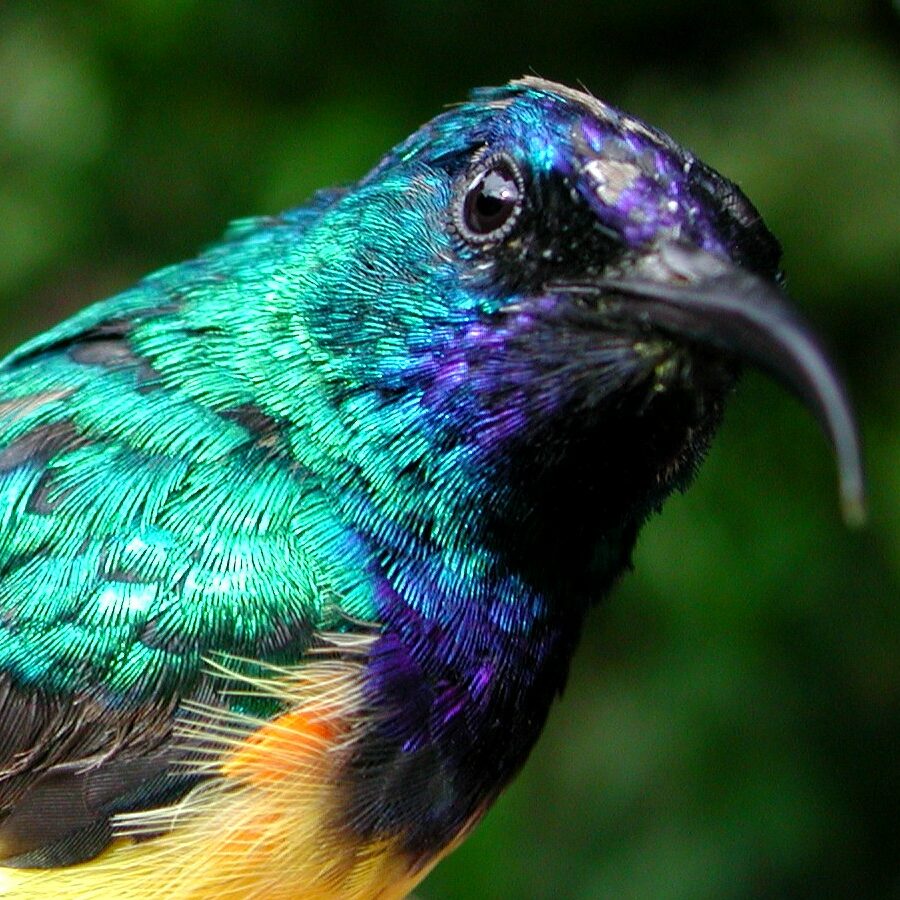
WHAT IF SPECIES DISAPPEARED?
Click on a species below and discover the impact on humans and ecosystems.
Threats
The key threats that are driving population declines and extinctions include :
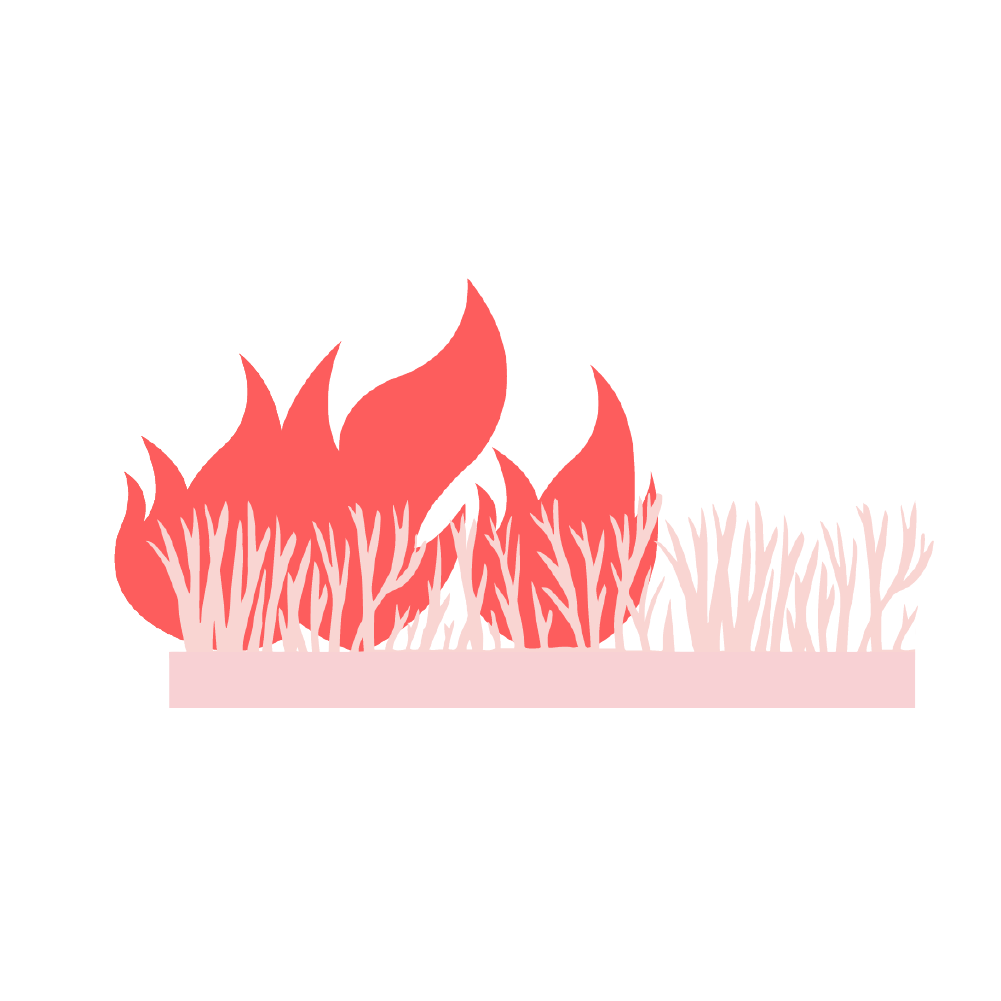
Habitat loss & degradation

Poaching
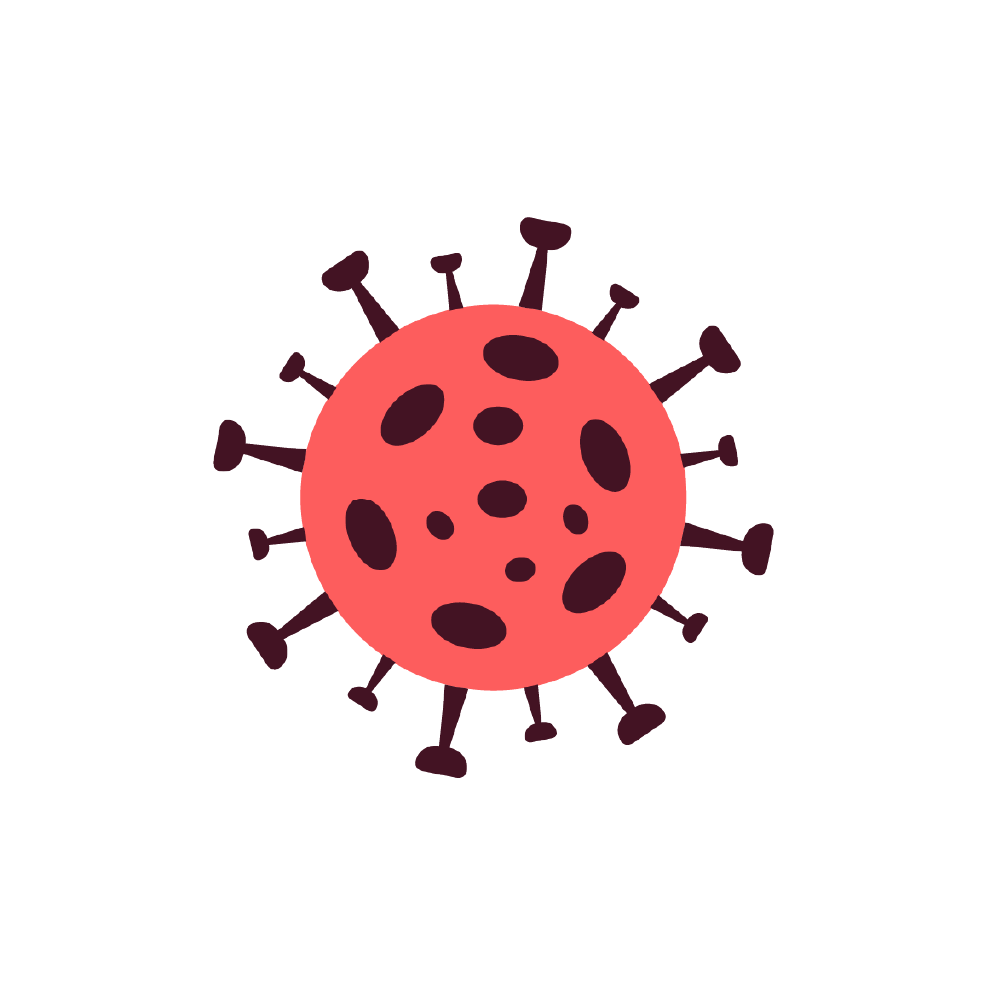
Diseases
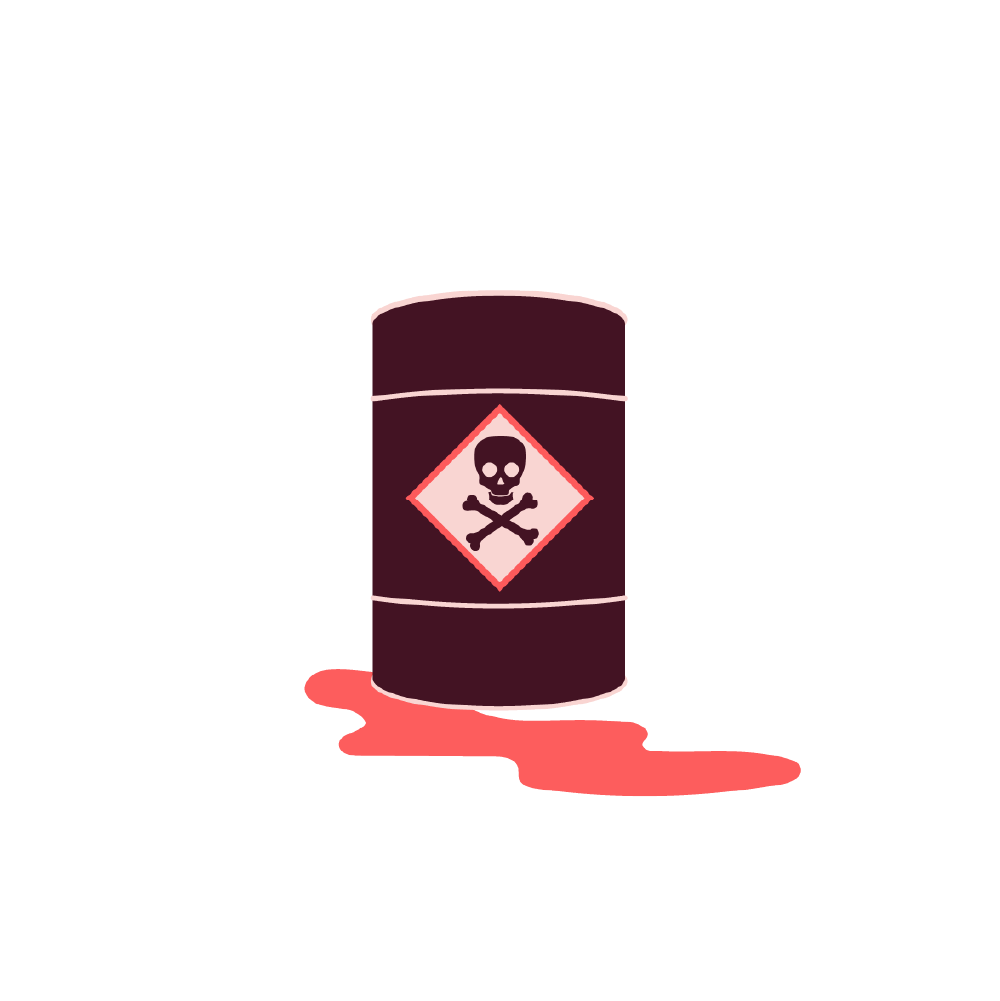
Pollution
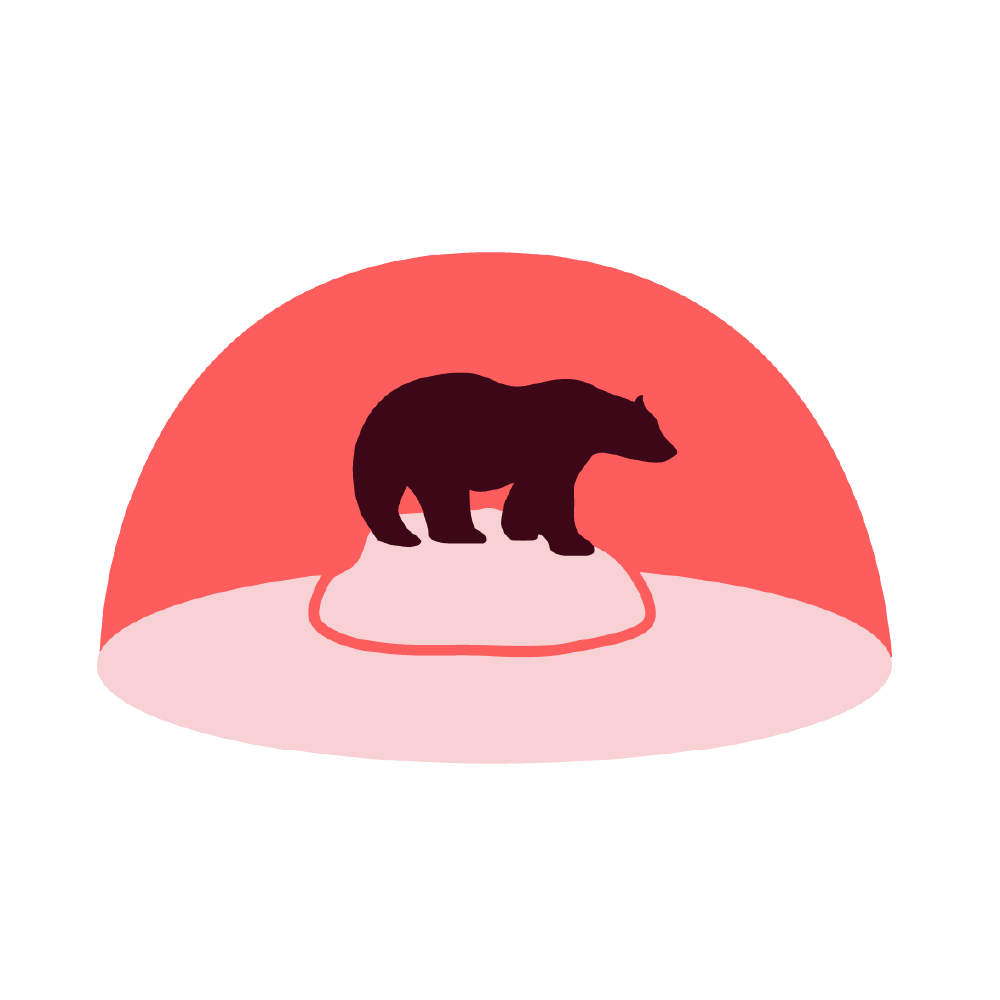
Climate change

Invasive alien species
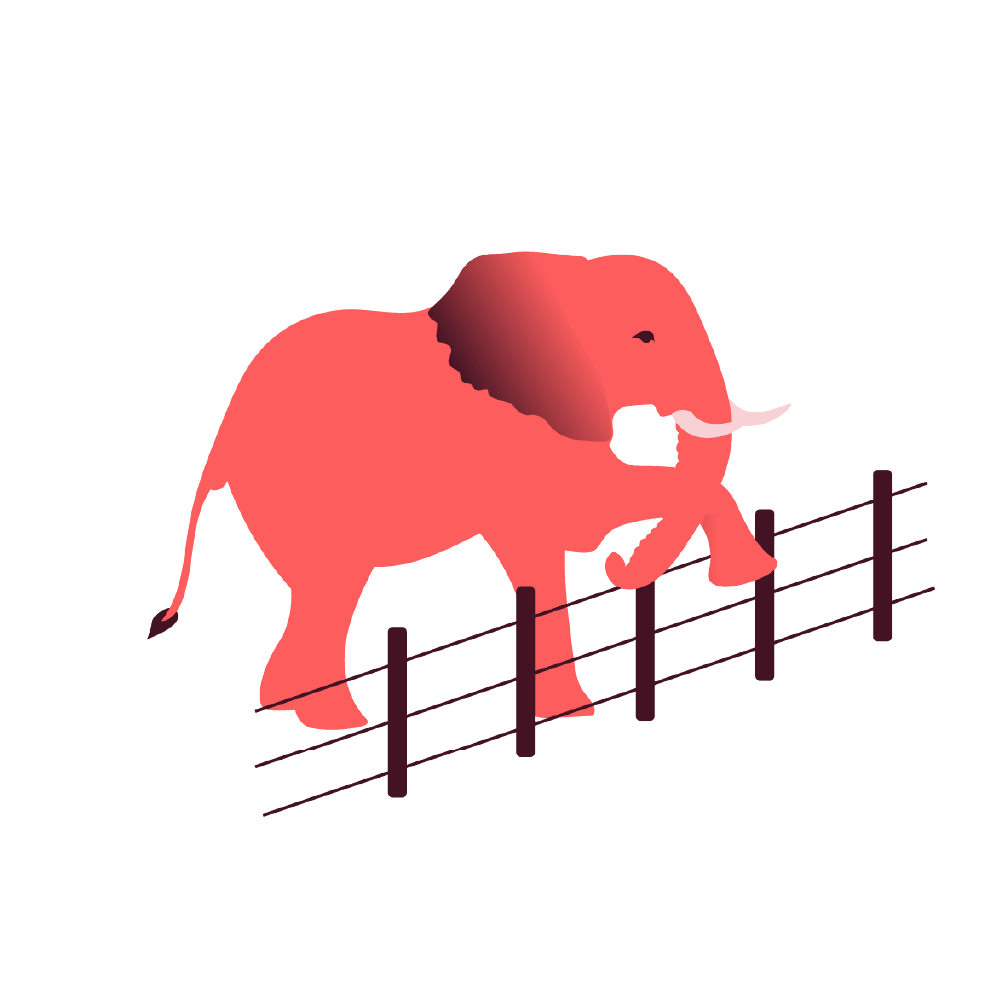
Human-wildlife conflict
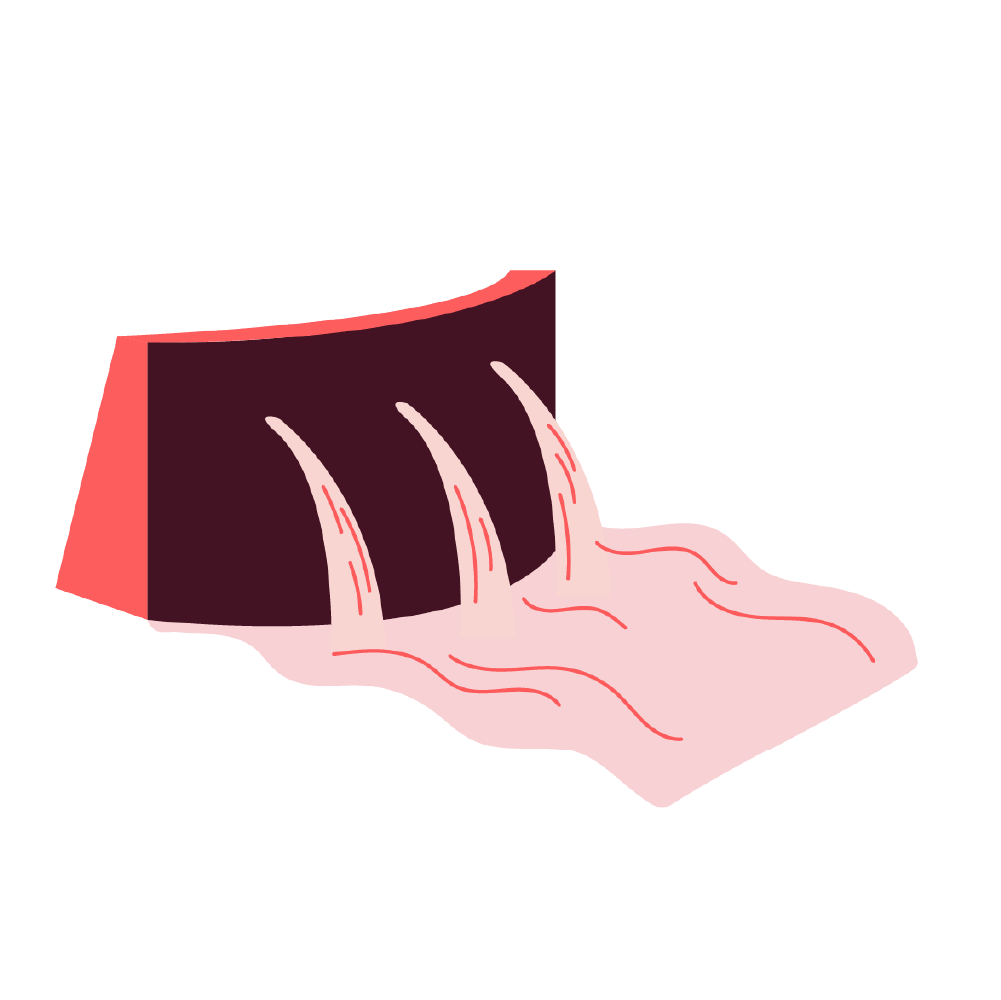
Disruption of water flow
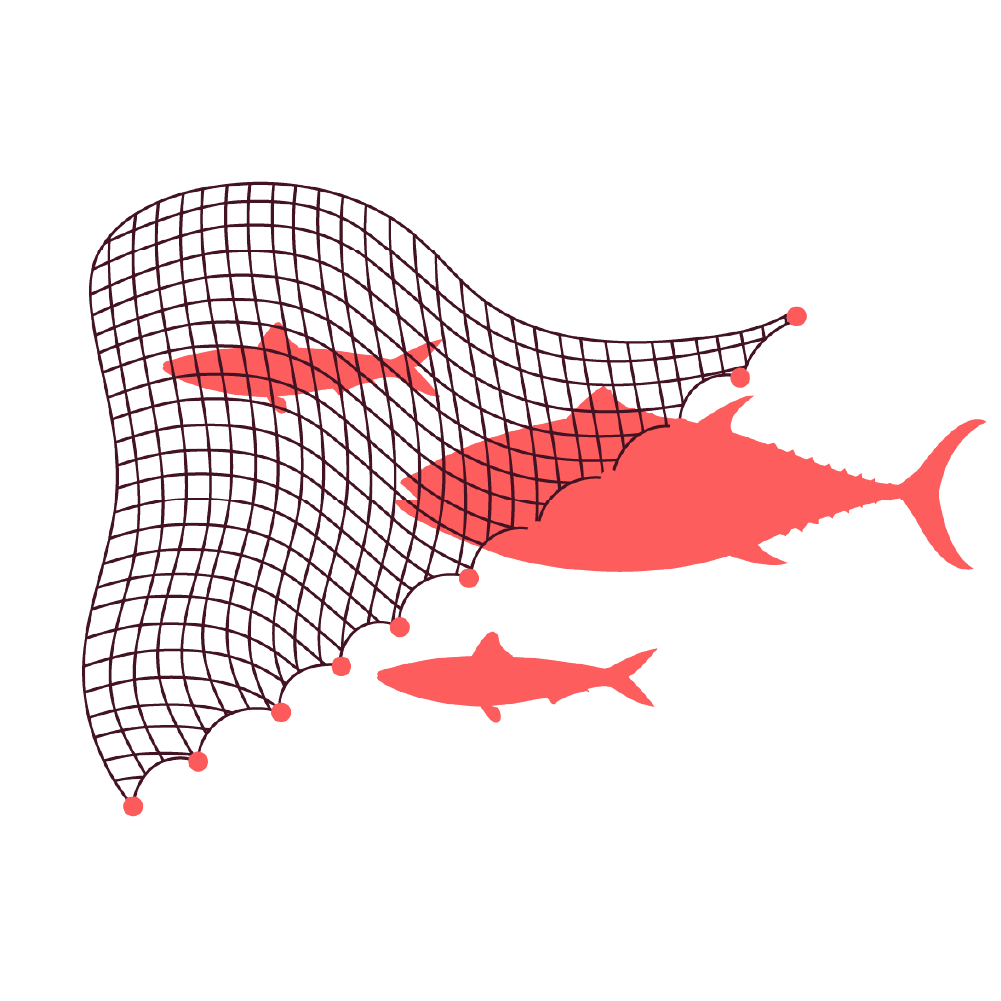
Over-exploitation of natural resources & prey depletion
